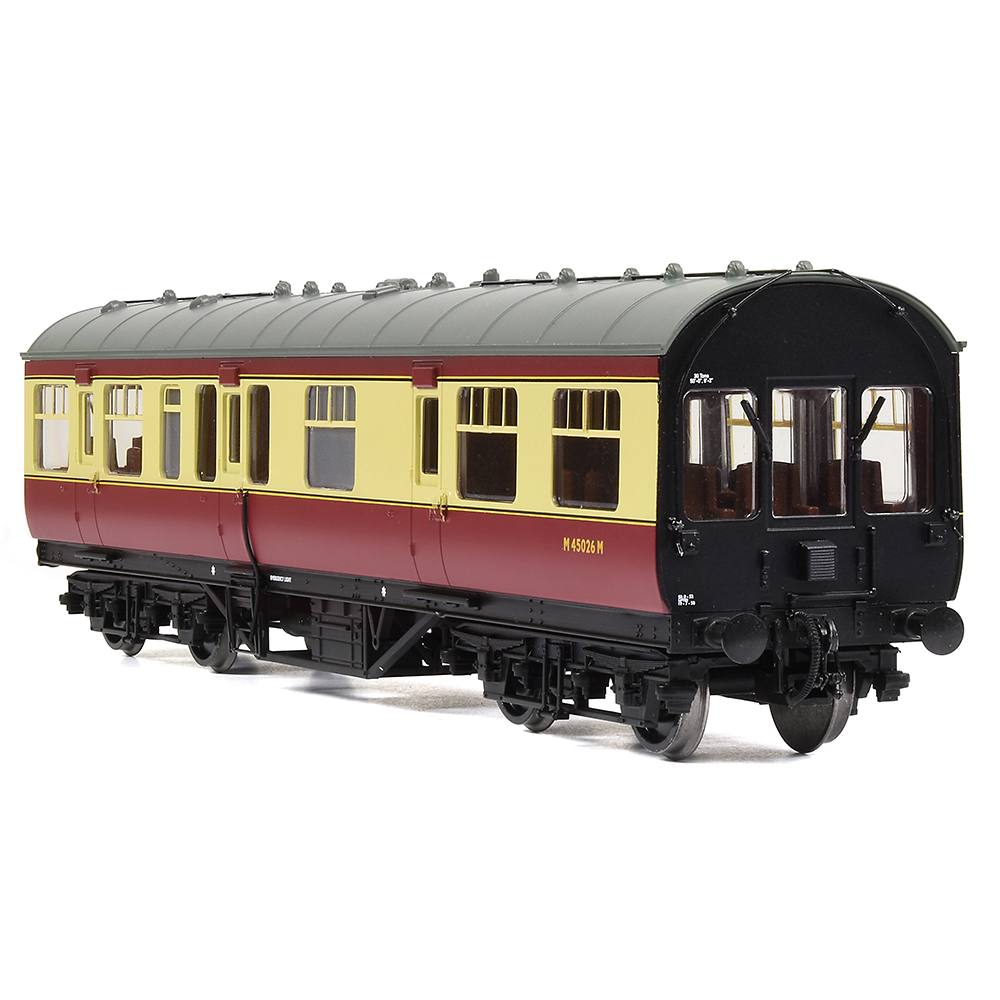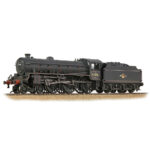In-order to allow running at 125 mph on Britain’s Victorian era railways, new rolling stock was needed by British Railways. Significant improvements over the Mk2 included new secondary air suspension between the bogies and the coach body as well as aerodynamic skirting on the underframe. Mk3 coaches are 75ft (23m) long enabling far greater capacity than older coaches. Mk3 coaches also incorporate disk breaks and wheel slip protection enabling faster deceleration. The first Mk3 coaches to be delivered were used as part of the HST prototype along with the two Class 41 diesel power cars in 1972.Mk3 coaches entered service in 1975 along with the Class 43 forming the iconic InterCity 125 trainset. After the HST Mk3 coach variant was introduced, further Mk3 coaches were introduced to the West Coast Mainline for use as part of locomotive hauled trains. Whilst Mk3 stock is standard for HST units, the standard locomotive hauled stock is Mk3a. Mk3a stock differs from Mk3 stock due to the inclusion of buffers as well as a different electrical system that uses motor generator units in each coach to power air conditioning and other ancillaries Mk3a stock was built until 1984, before 3B stock with improved seating and lighting was built from 1985 to 1988.In the summer of 2020 Rail Charter Services ran regular trips between Skipton and Appleby on the Settle to Carlisle railway. The trains were formed of four first class ex-Greater Anglia Mk3 coaches along with a single Mk2 BSO.
Tech Specs
- Item Length – Without Packaging (cm) 30.3
- Item Height – Without Packaging (cm) 5
- Item Width – Without Packaging (cm) 3.5
- Item Weight – Without Packaging 0.19
- Item Scale 1:76 Scale 00 Gauge
- LicenseNo
- Finish Painted
- Colour White
- Gauge OO
- Operator Rail Charter Services
- Designer BREL
- Livery Rail Charter Services
- Minimum Curve (mm) Radius 2












